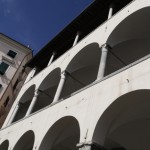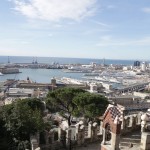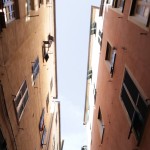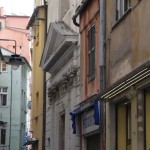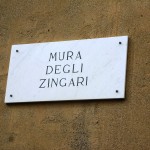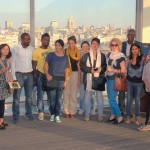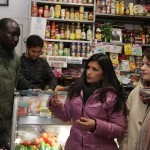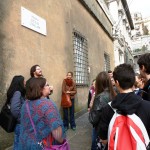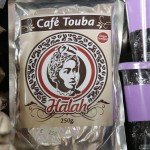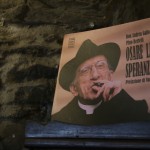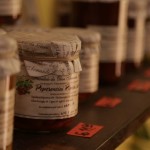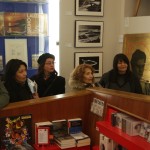A multicultural city on the move
Over the course of the past 25 years, the city of Genoa has absorbed various waves of migration from foreign communities. According to the Genoa Office of Immigration, the number of foreign residents in 2014 stands at around 55,000. The largest group is from Ecuador (approximately 18,000), followed by Morocco, Albania, Peru, China, Senegal and Sri Lanka. Other significant groups resident in Genoa are those from Bangladesh, India, Tunisia, Nigeria and the Philippines. In recent years, the largest recorded increases among foreign groups are those from Senegal, Bangladesh, Romania, India and Russia.
The highest incidence of foreign communities in the Genoa area is found in the centre west (the old town and Sampierdarena), Val Polcevera and the centre east. The Genoa intercultural walks were developed through the Migrantour project following a previous feasibility study, and adopted the old town, symbol of the city and nerve centre of its transformation, as the pilot area. The area covered by the intercultural walks comprise three central neighbourhoods in the old town that are undergoing redevelopment and that demonstrate an above-average degree of community involvement from foreign communities as well as active participation from the local Genoese community. Reflecting this, the project partners include migrant organisations based in the area (like the association Co.li.do.lat.) and local authorities such as the Municipality of Genoa, which initiated the redevelopment of the old town, promoting activities for civic participation. The intercultural walks aim therefore to understand the new Genoese citizenry at the historic heart of the city.
Routes
Info
In Genoa the intercultural walks are promoted by the Cooperativa Solidarietà e Lavoro
For more informations about Migrantour Genoa’s itineraries:
write to vdionisi@solidarietaelavoro.it or call +39 3484417922
Follow also the Facebook page Solidarietà e Lavoro

